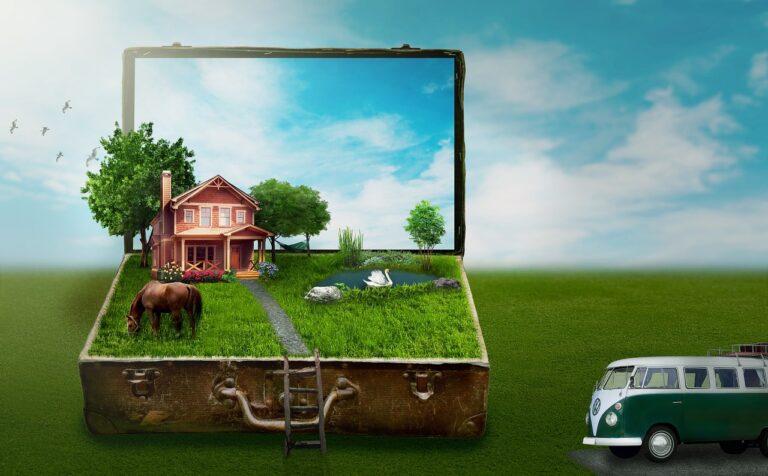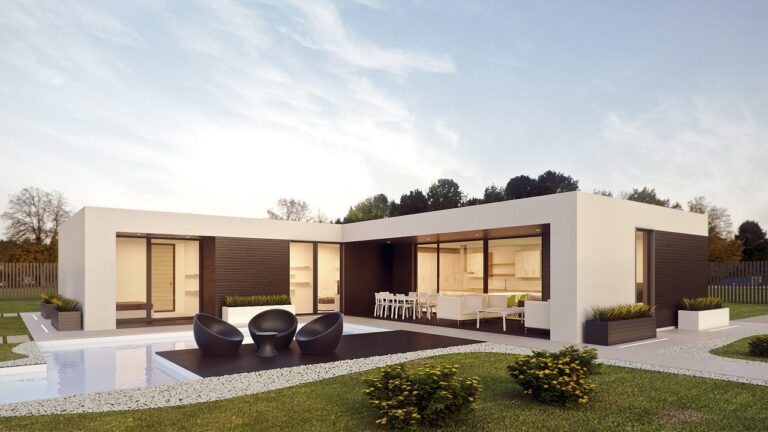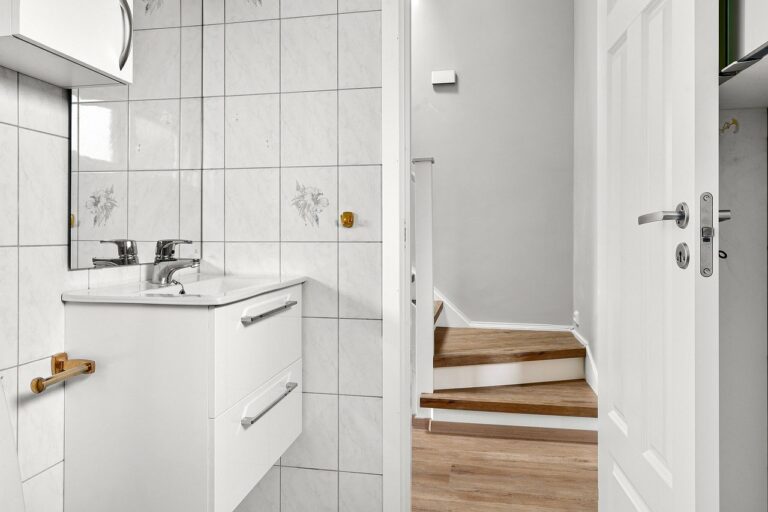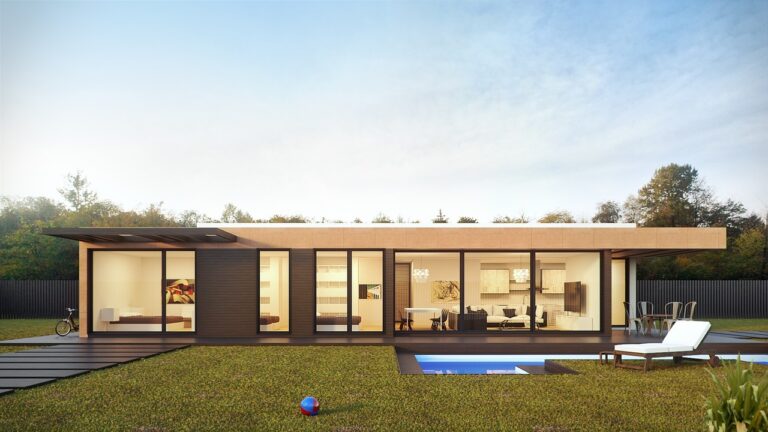Creating a Child-Friendly Home: Design Tips for Safety and Fun
Childproofing your home is essential to ensuring the safety of your little ones. Start by securing all electrical outlets with outlet covers to prevent any potential accidents. Keep all cords and wires out of reach to avoid the risk of tripping or getting tangled up in them.
Install safety gates at the top and bottom of stairs to prevent falls, and make sure to secure heavy furniture such as bookcases and dressers to the wall to avoid them toppling over. Store any sharp objects, cleaning supplies, and medications out of reach or in locked cabinets to prevent accidental ingestion by curious children.
Choosing Safe and Durable Furniture
When selecting furniture for your home, prioritize safety and durability. Opt for pieces that are sturdy and well-constructed to withstand daily use and play. Look for furniture with rounded corners to prevent bumps and injuries for your little ones.
Consider furniture with non-toxic finishes and materials to ensure the safety of your child. Check for any loose parts or potential hazards that could pose a risk. Investing in quality furniture that meets safety standards will provide peace of mind and create a secure environment for your family.
Organizing Toys and Play Areas
Toys scattered across the floor can create a cluttered and chaotic play environment for children. To help keep things organized, consider using bins or baskets to group similar toys together. This not only makes it easier for kids to find what they’re looking for, but also simplifies clean-up time.
Another helpful tip is to create designated play areas within your home. By setting aside specific areas for different types of play, such as a reading nook or a building block corner, children can easily transition between activities without feeling overwhelmed. This organization can also help parents and caregivers keep track of toys and ensure they are being used in the intended way.
How can I childproof my home?
Childproofing your home involves securing furniture to the wall, using safety gates on stairs, covering electrical outlets, and removing small objects that could be choking hazards.
What should I look for when choosing safe and durable furniture for a play area?
When choosing furniture for a play area, look for rounded edges, non-toxic materials, and sturdy construction. Make sure furniture is stable and will not tip over easily.
How can I organize toys in a play area?
To organize toys in a play area, consider using bins, baskets, or shelves to keep toys sorted and easily accessible. Encourage your child to help with clean-up by labeling bins and teaching them where toys belong.







